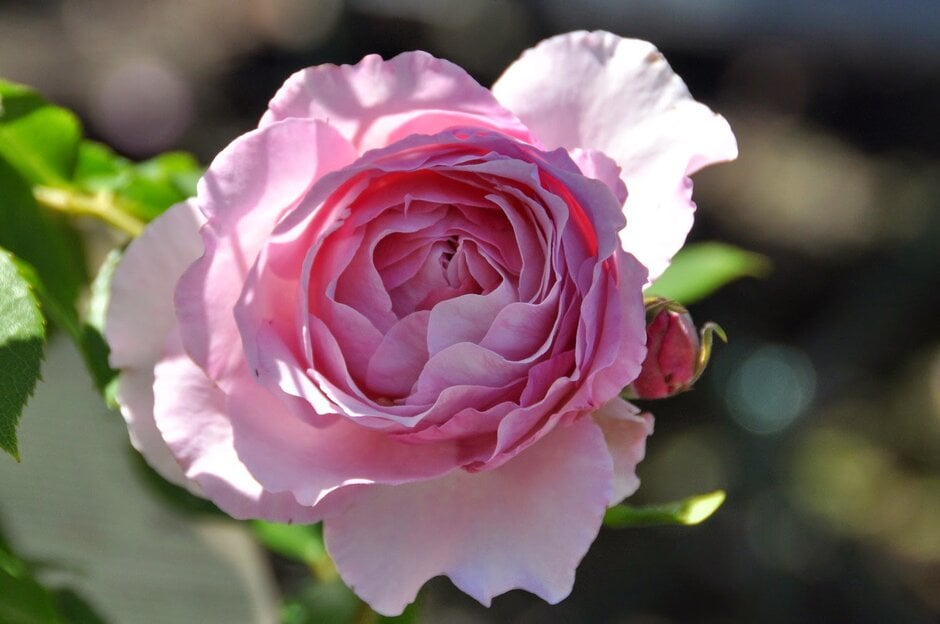Rosa Souvenir de Louis Amade ('Delilac') (S)
rose [Souvenir de Louis Amade]
Bushy rose about 80-90cm tall, with dark green leaves, and bearing large, fragrant, fully double, pale pink blooms tinted mauve-lilac, that open loosley to reveal lilac anthers, flowering in flushes through summer into autumn

Buy this plant
Size
Ultimate height
0.5–1 metresTime to ultimate height
2–5 yearsUltimate spread
0.5–1 metresGrowing conditions
Moisture
Moist but well–drained, Well–drainedpH
Acid, Alkaline, NeutralColour & scent
| Stem | Flower | Foliage | Fruit | |
| Spring | Green | |||
|---|---|---|---|---|
| Summer | Pink Purple | Green | ||
| Autumn | Pink Purple | Green | ||
| Winter |
Position
- Full sun
Aspect
South–facing or West–facing or East–facing
Exposure
Sheltered Hardiness
H6Botanical details
- Family
- Rosaceae
- Native to GB / Ireland
- No
- Foliage
- Deciduous
- Habit
- Bushy
- Potentially harmful
- Fruit are ornamental - not to be eaten. Wear gloves and other protective equipment when handling. Pets: Fruit are ornamental - not to be eaten - see the HTA guide to potentially harmful plants for further information and useful contact numbers
- Genus
Rosa can be deciduous or semi-evergreen shrubs or scrambling climbers, with usually thorny stems bearing compound pinnate leaves and solitary or clustered flowers. Flowers may be followed by showy red or purple fruits in some varieties.
- Name status
Trade
- Horticultural Group
- Shrub roses are large shrubs with usually thorny stems bearing large leaves and fragrant, single to double flowers in clusters in summer, and usually also in autumn
How to grow
Cultivation
Grow in fertile, humus-rich, moist but well-drained soil in full sun. Mulch with well-rotted organic matter in late winter or early spring, and for best flowering apply a general rose or shrub fertiliser in early spring and again in early summer. See rose cultivation
Propagation
Propagate by hardwood cuttings in autumn, softwood cuttings (under glass) in spring or summer or by chip budding in summer
Suggested planting locations and garden types
- City and courtyard gardens
- Cottage and informal garden
- Cut flowers
- Flower borders and beds
Pruning
See pruning group 21 (shrub roses)
Pests
May be susceptible to aphids, rose leafhopper, glasshouse red spider mite, scale insects, caterpillars, large rose sawfly, rose slugworm sawfly and rose leaf-rolling sawfly. Deer and rabbits can cause damage
Diseases
May be susceptible to rose black spot, rose rust, replant disease, rose dieback, and rose powdery mildews and sometimes honey fungus. May also be susceptible to disorders rose blindness and flower balling
Get involved
The RHS is the UK’s gardening charity, helping people and plants to grow - nurturing a healthier, happier world, one person and one plant at a time.